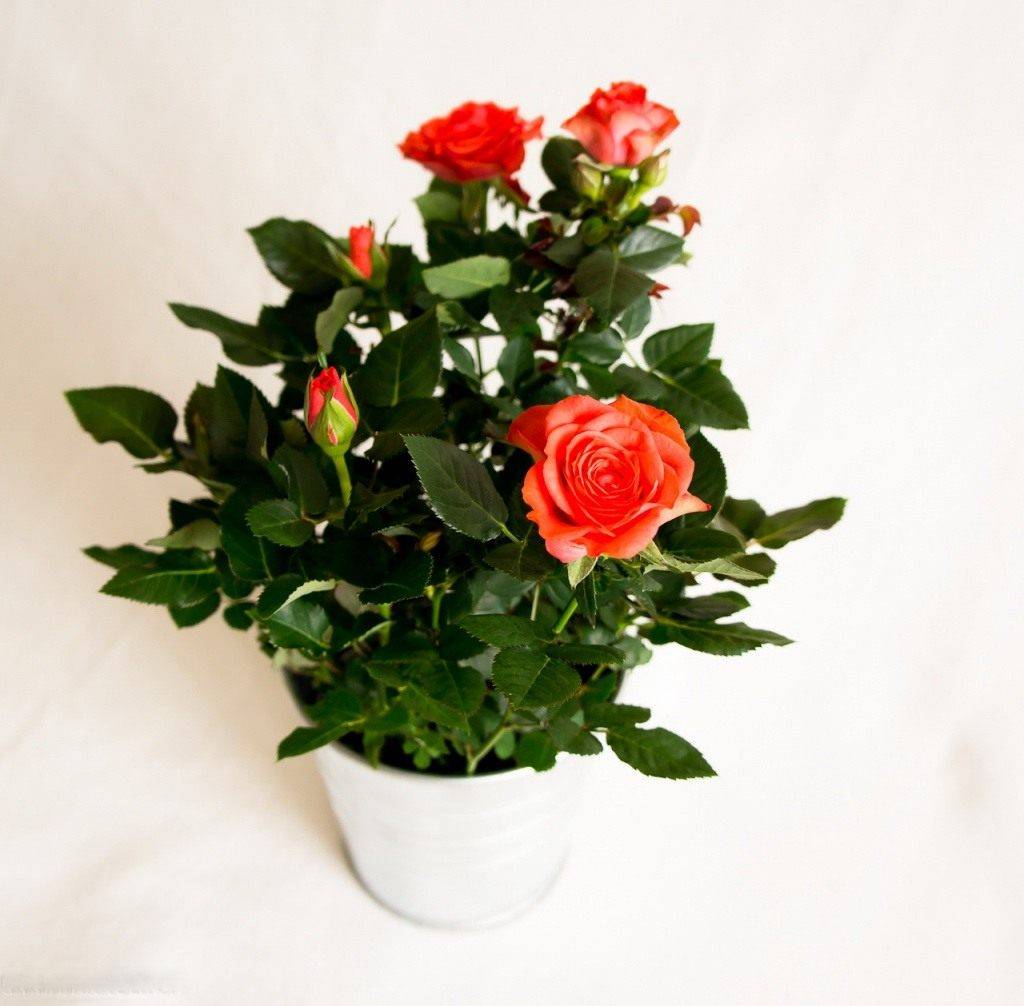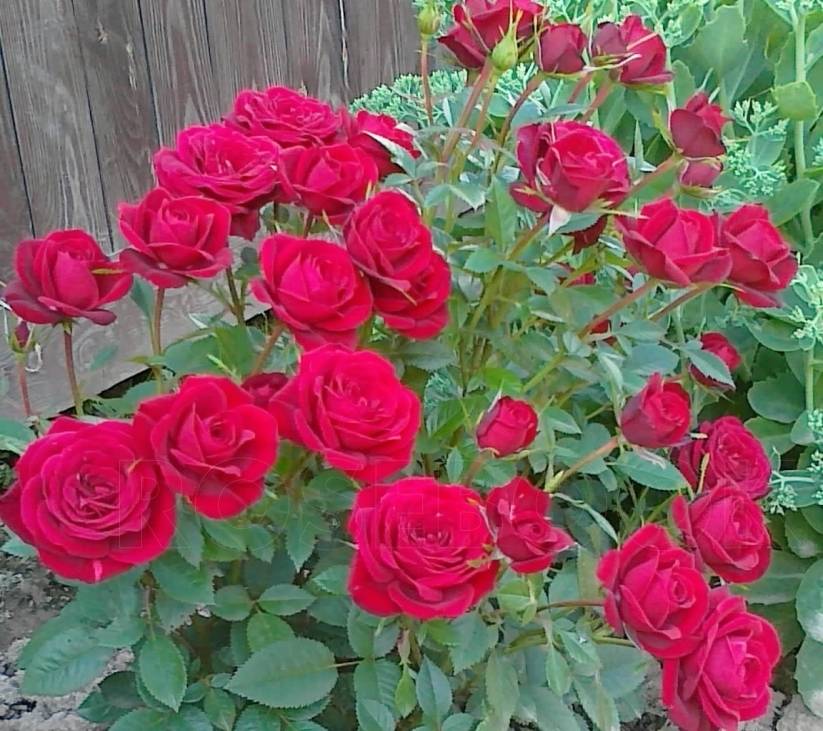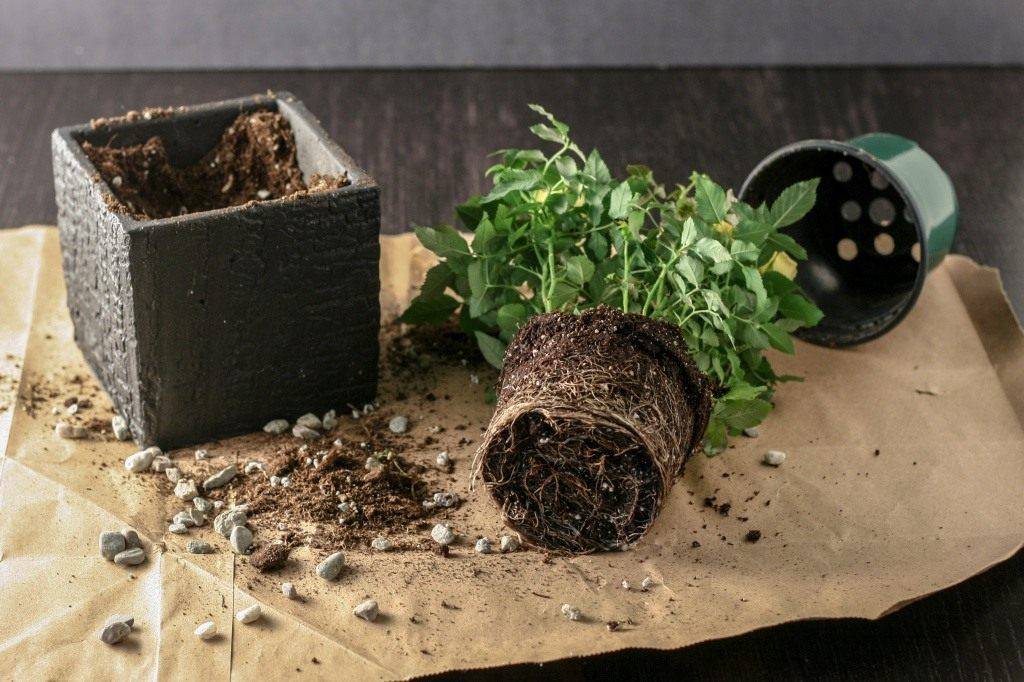Rose Cordana (Kordana) - care at home and outdoors in the garden
Content:
It is believed that you can admire roses only in the garden or on the balcony, where spreading bushes take up a lot of space. But roses of the Cordana variety are ideal for growing on a windowsill. Their diminutive size and variety of colors make them the centerpiece of a small garden. The only thing you need to be prepared for is that this variety is demanding in care, you need to follow certain rules.
Rose Cordana (Kordana) - what is this variety
Variety mix Cordana is an unusual variety of roses, which is distinguished by lush and long flowering. The height of the plant does not exceed 25-30 cm, the leaves have a rich dark green color. The color of the buds is white, pink, cream and red, other colors are less common. Cordana can grow in the garden, but is still marketed as a houseplant.
Of course, if the florist wanted to enjoy the delicate scent of roses, he would have to be content with only the beauty of the bush. Miniature buds create a lush cap, so even a small plant looks voluminous.
The disadvantage of the Cordana rose in its description is called capriciousness in care, this variety requires a special attitude. There are certain recommendations already at the planting stage, when the flower was just purchased. In terms of landscaping applications, the rose can be displayed on balconies or gazebos during the summer. These small potted flowers are perfect for decorating windowsills, for example, in the country or in a private house, they can be displayed on the veranda.
Growing a flower: how to plant it correctly
Rose Cordana can be bought at a flower shop, usually rooted plants 2-3 months old. In one pot there are several bushes at once, in the future they must be transplanted. Before figuring out how to care for a Cordana rose after buying, you must first choose the right copy in the store:
- there should be no black and gray spots on the leaves. These are the first signs of fungus and gray rot, such a plant will have to be treated for a long time (and not always successfully);
- foliage should not crumble, be yellow and frail. Only dense emerald leaves;
- there should be no pests on the bushes, the most common is a spider mite, it is easy to find it by the cobweb on the shoots.
Drainage should be put on the bottom of the new pot (expanded clay is suitable for these purposes). The soil can be purchased at the store, you will need a special soil for roses. After transplanting, the earth must be tamped, but not too tightly, otherwise the roots will be left without air.
If the rose has grown, and it becomes cramped in the pot, it's time to transplant it into a new one.The optimal transplanting time is February; it is strongly not recommended to do this during the flowering period. Roses love sunlight and warmth, so they need to be placed on the south side. The optimum temperature for a plant is 15-20 ° C. It is not recommended to leave it under direct scorching rays. Drafts should also be feared; during the airing of the room, the flower must be taken out of the room.
Plant care outdoors and at home
After the rose has passed the adaptation period and planting, we can talk about the rules for caring for it. The optimal placement was mentioned above - you need a sunny side and a minimum of draft. The next stage of care is watering, which the roses really need. Ideally, they should be watered as the topsoil dries. It is easy to check the need for moisture - just press on the ground with your finger: if water is released, watering is not required. The water must be drained from the pallet!
Top dressing during the flowering period is carried out once a week; organic fertilizers are suitable. In the rest of the period, you can reduce the frequency to 2 times a month. Before flowering, in spring, the rose needs nitrogen-containing fertilizers. In late autumn, the plant stops blooming (the buds stop appearing by the end of October), you can prune. All weak and damaged shoots are removed. You also need to remove wilted buds, otherwise the plant will start spending energy on the formation of seeds. Even healthy shoots need to be shortened to 2-4 lower buds. The more powerful the shoots, the better the flower will endure the winter.
After that, you need to gradually reduce the frequency of watering and feeding; in winter, fertilizers are not used at all. Watering is carried out 1-2 times a week so that the plant does not dry out. For wintering, it is best to choose a cold place - a basement or balcony, where the temperature is kept within the 5-12 ° C range. Hypothermia should not be allowed. As soon as winter passes, you can return the flower to its usual place.
Blooming rose
Rose of Cordana is distinguished by its lush flowering from May to October, the buds are medium-sized. Their colors can be different: from peach to bright red. During the flowering period, the rose should be regularly watered and checked for pests. It so happens that a rose stops blooming, there may be certain reasons for this:
- lack of light;
- unsuitable or old soil;
- diseases and pests;
- improper feeding;
- draft, temperature drops;
- small pot.
If there is never a lot of natural light in the room, artificial lighting will be the way out of the situation.
Flower propagation
The Cordana variety is propagated by cuttings, the shoots are cut from May to August. The optimal parameters are a thickness of 2.5-3.5 mm and 2-3 internodes. Pour 3 cm of water into a transparent glass, dissolve a heteroauxin tablet in it in the proportion indicated on the package. Place the cuttings in a solution and leave them for 2-3 weeks. Do not change the water, just top up when the volume decreases.
After the cuttings grow 1.5-2 cm, they can be transplanted into pots. The first days, as the seedlings are planted, it is better to keep them in a light shade until they adapt to the new place. Usually Cordana takes root well and blooms in the summer as early as the second month after planting.
Diseases, pests and ways to control them
Cordana is a potted variety that is prone to diseases typical of roses. Its first enemy is a spider mite, which can be found by the thinnest cobweb. It looks like a white coating on the back of the plate. In a neglected state, the flower begins to wither, the yellowed leaves are deformed and fall off. Processing from it is carried out with special means 3-4 times a week. Spraying with soapy water shows good results.
If the plant is watered too vigorously, it will most likely be infected with a fungal infection. Powdery mildew is found on the ash bloom on the leaves. Treatment from it is carried out with antifungal drugs of systemic action. During the treatment period, the flower must be isolated from other plants.
Rose Cordana and caring for her at home after purchase - a separate section for indoor plants. This demanding variety must not only be chosen correctly, but also carefully transplanted. Only by constantly monitoring its condition, you can achieve a beautiful head of buds. This plant is perennial and will delight the owner for 5-15 years.




















